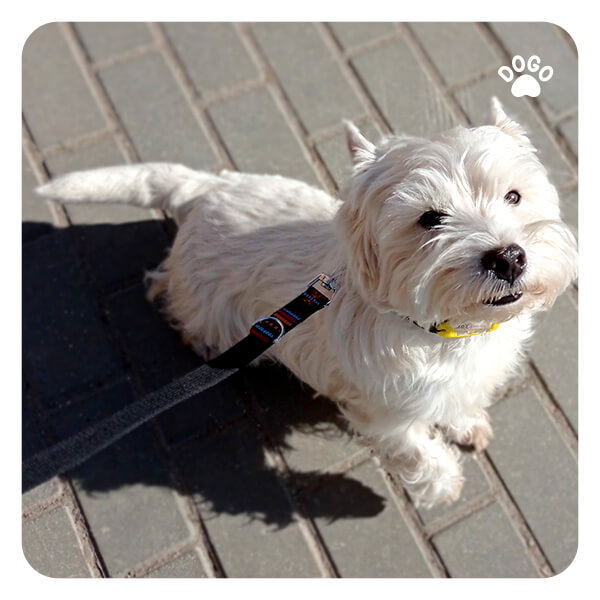 You’ve probably seen it countless times – the joyful sight of a dog wagging its tail. It’s a universal sign of happiness and excitement in the canine world. But have you ever wondered why dogs wag their tails? What’s the significance behind this seemingly simple gesture? Let’s explore the fascinating world of tail wagging and what it truly means for our beloved furry friends.
You’ve probably seen it countless times – the joyful sight of a dog wagging its tail. It’s a universal sign of happiness and excitement in the canine world. But have you ever wondered why dogs wag their tails? What’s the significance behind this seemingly simple gesture? Let’s explore the fascinating world of tail wagging and what it truly means for our beloved furry friends.
Understanding the Tail Wag
The tail is a vital communication tool for dogs. It can express a wide range of emotions, from joy and excitement to fear and anxiety. When a dog wags its tail, it’s essentially conveying its emotional state to those around it. This simple yet powerful act serves as a form of non-verbal communication, allowing dogs to express themselves without saying a word.
Expressing Joy and Excitement
One of the most common reasons dogs wag their tail is to express happiness and excitement. When your dog greets you at the door with a vigorous tail wag, it’s their way of showing how thrilled they are to see you. Similarly, during playtime or when receiving a treat, a wagging tail is a clear indicator of their joy. It’s their way of saying, “I’m happy!”
Social Interaction and Communication
Tail wagging also plays a crucial role in social interaction among dogs. When meeting new canine friends, dogs often use their tails to convey their intentions and emotions. A gentle, relaxed wag usually signifies friendliness and a willingness to interact, while a stiff, rapid wag may indicate tension or potential aggression. Understanding these subtle cues helps dogs navigate social situations and establish rapport with one another.
Emotional State and Context
It’s important to note that not all tail wags are indicative of joyous emotions. In some cases, a dog may wag its tail as a sign of insecurity, anxiety, or even aggression. The context in which the tail wag occurs is crucial for understanding its meaning. Paying attention to your dog’s body language and the overall situation can provide valuable insights into their emotional state.
The Science Behind Tail Wagging
From a scientific perspective, tail wagging is linked to a dog’s central nervous system. Studies have shown that the direction and speed of a dog’s tail wag can convey specific emotions. For instance, a wag to the right is often associated with positive feelings, while a wag to the left may indicate negative emotions. Additionally, the height at which the tail is wagged can also provide insight into a dog’s emotional state.
Building a Stronger Bond
By understanding the nuances of tail wagging, we can deepen our connection with our canine companions. Paying attention to their tail language allows us to better comprehend their feelings and respond accordingly. Whether it’s a wag of joy, a tentative wag during a new encounter, or a comforting wag during moments of distress, our ability to interpret their tail movements strengthens the bond we share with our furry friends.
In conclusion, tail wagging is far more than just a cute display of emotion. It’s a sophisticated form of communication that enables dogs to express themselves and connect with humans and other animals. By recognizing the significance of tail wagging, we gain valuable insights into our dogs’ emotions and experiences, ultimately enriching our relationships with them. So, the next time you see your dog wagging its tail, take a moment to appreciate the depth of emotion and meaning behind this simple yet profound gesture.
[/fusion_text]



